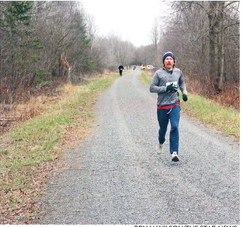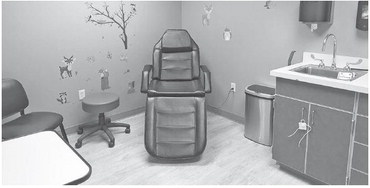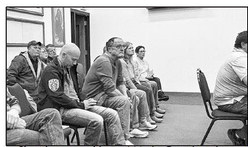Time to redevelop rail corridor


With plans to remove the railroad crossing on Hwy 64 (Broadway Ave.) in Medford as part of a state road resurfacing project this June, it is time to seriously talk about repurposing the rail corridor as a multi-use trail.
It has been more than a year since a rail car has traveled the spur line between Spencer and Medford. Even before then, traffic was, at best, sporadic. The majority of traffic on the line was from maintenance crews fighting against the ravages of time and weather to keep the line maintained just in case there would be interest in freight service to the area.
Rail is an important part of the transportation infrastructure. Few forms of transport compete with it in terms of efficiency for getting bulk commodities and raw materials over large distances. However, its track record in getting finished products from manufacturers to retailers is sketchier with legitimate concerns over timeliness and the condition in which things arrive. Trucking and other modes of transport have filled in the gaps and provided competition for rail lines.
Without a heavy industry anchor providing a base demand for resources on a regular basis, the modern economic model of rail traffic does not make the continued financial sense for the spur between Spencer and Medford.
Rather than fighting to try to keep the rapidly decaying rail line in play, municipalities along the rail corridor should instead be looking at ways to transform it to serve as an economic driver for the tourism industry.
The Pine Line Rail Trail currently extends from Allman Street in Medford to just south of Prentice. The trail is an important connection for snowmobile and ATV use in the winter months and for biking, walking, and horseback riding the rest of the year.
Extending the Pine Line to the south and connecting the downtown business areas of communities all along the corridor would further increase the economic benefits to the region. The positive economic value of rail trails across the state and country have been demonstrated time and again, serving as draws to bring tourism dollars to communities.
This would be especially beneficial to downtown Medford which is undergoing a renaissance of small shops, entertainment venues and places to eat and drink filling formerly vacant storefronts. Connecting potential customers to retailers would create a sustainable economic model that would require relatively little in ongoing infrastructure investment.
Unless there is a dramatic change in the industrial make-up of the region, the rail line is not likely to come back. It is time for local leaders to look forward and work to have the rail corridor become a positive economic driver as a trail corridor.




